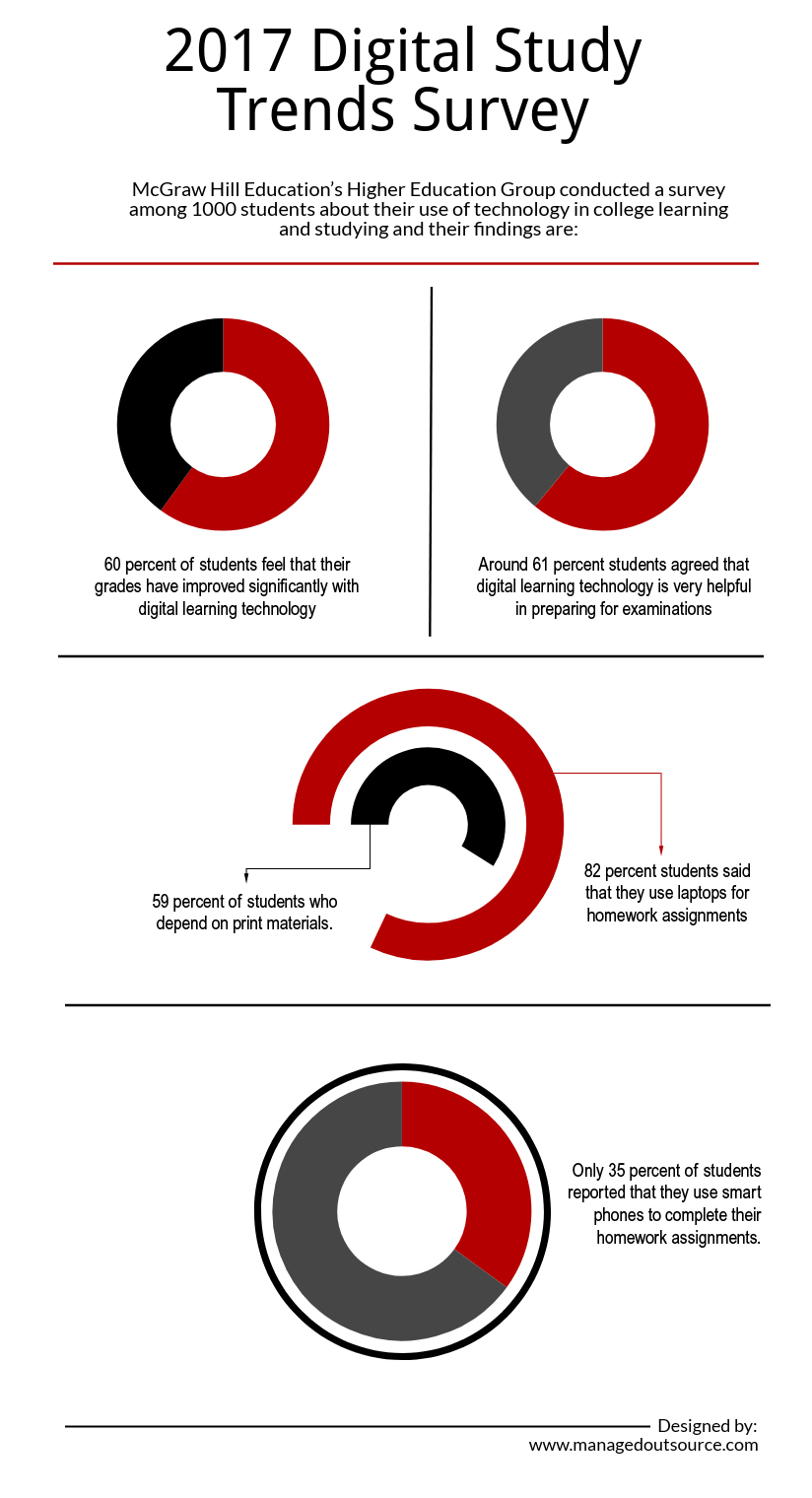
Print vs. Digital
Although we have moved forwarded with the digital revolution, there are still book lovers who cherish having print books instead of their digital formats due to nostalgic or emotional reasons. Patricia Alexander, a literacy scholar at the University of Maryland, published a thorough review of recent research on the topic and found that out of 878 relevant studies published between 1992 and2017, only 36 directly compared reading in digital and in print, and measured learning in a reliable way. Alexander’s review co-authored with doctoral student Lauren Singer and appearing in Review of Educational Research stated that if you are reading a lengthy note with more than 500 words, your comprehension will possibly take a hit if you are using a digital device. Researchers say that the reasons are partly the greater physical and mental demands of reading on a screen scrolling up and down from time to time, tiresome glares, flickering of some devices etc. Some researchers have observed that working your way through a print volume leaves spatial impressions in one’s mind.
In 2016, Alexander and Singer asked 90 undergraduates to read a short informational text of about 450 words, in print and also on a computer. The reading required no scrolling or flipping of page; however, there was slight difference in how much the students could absorb. The performance of the students was equally good and the main idea behind the research was, no matter what the medium, the students could read the passage but when they were asked to add some additional point and recall further details, the print readers performed better. The students were unaware of this advantage. After answering comprehensive questions, 69 percent of students believed that they had performed better after reading on a computer. But despite all these researches, Alexander states that the researches were not performed to determine whether digital or print format is a winner. The reason the students believed the ones who read on a computer performed better is that they moved more quickly in that medium and researches by Alexander confirmed this fact. Students were under the illusion that they read faster because they understood the content better. Students should become aware of this illusion because it will help them make better choices. For instance they can turn off things that cause disturbance when reading something online such as social media alerts. They can consciously slow down the process of reading to understand the ideas better.
Each Format Has Its Own Merit
Digital notes make it easier for students to cut, copy, and paste any passages into any documents but there are not many studies that show how this compares with taking notes by hand. Dutch scholar Joost Kircz states that these are still early days for digital reading. New formats are expected to emerge in the oncoming years. He also added that traditional print books are suitable for narratives but not ideal for academic texts or scientific papers. Digital texts allows hyperlinks, video and audio and Kircz would like to see innovations such as multiple types of hyperlinks, rainbow colours that indicate specific purposes and enables a variety of reading patterns.
Patricia Alexander says that if you are only trying to learn something that is going to be covered on a test, and the test is shallow in nature, then digital is just fine. However, if you want to dive in deeply and obtain a deeper understanding of the ideas, print format is better.
Students require strategies that support their acquisition of knowledge but no research or studies justify that students should strictly use either digital device or traditional books. However, providers of data conversion services and advocates of digital educational tools will agree that technological innovations can help students to engage with ideas, synthesize concepts and build the critical thinking that will become useful in the future. Students must be able to easily manage and use information personally and professionally in the 21stcentury. Skills such as the ability to collect, analyze, and understand data and information will help in good decision making, which is the key to success.




